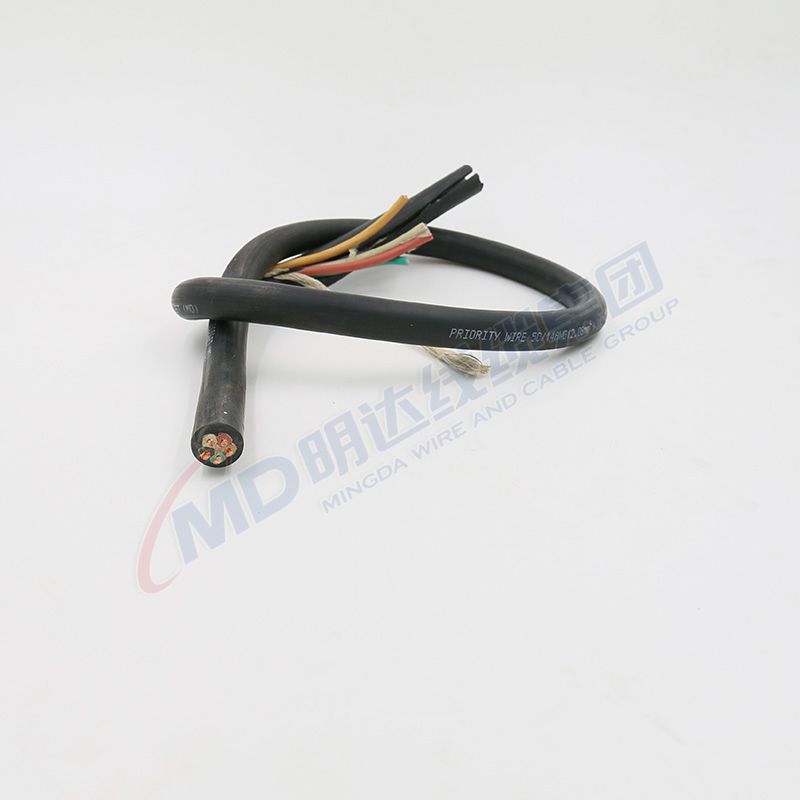Dec . 07, 2024 13:08 Back to list
butterfly check valve
The Butterfly Check Valve An Essential Component in Fluid Control
In the realm of fluid dynamics, the design and functionality of valves play a pivotal role in the efficiency and safety of various systems. Among these, the butterfly check valve stands out as a crucial component that ensures the smooth flow of fluids while preventing backflow. This article delves into the characteristics, benefits, and applications of butterfly check valves, highlighting their significance in modern engineering.
Understanding Butterfly Check Valves
A butterfly check valve is a type of valve that uses a circular disc or butterfly to regulate flow. This disc pivots on a shaft, allowing fluid to flow through in one direction while automatically sealing off the flow in the opposite direction to prevent backflow. The operational mechanism of the butterfly check valve is simple yet highly effective, making it a preferred choice in various industries.
Key Characteristics
One of the most notable features of butterfly check valves is their compact design. Unlike traditional check valves that can be bulky and take up considerable space, butterfly check valves have a slim profile, allowing for easier installation, especially in confined spaces. This characteristic is particularly beneficial in applications where space constraints are a significant concern, such as in piping systems and process plants.
Another essential characteristic is the valve's ability to handle a wide range of temperatures and pressures. Butterfly check valves can be made from various materials, including cast iron, stainless steel, and plastic, enabling them to cater to different media types—be it gases, liquids, or corrosive substances. This versatility is vital in industries like oil and gas, chemical manufacturing, and water treatment.
Benefits of Butterfly Check Valves
butterfly check valve

Butterfly check valves offer numerous advantages that enhance the efficiency and reliability of fluid control systems. One of the primary benefits is their low-pressure drop. The streamlined design of the valve minimizes flow resistance, ensuring that the system operates efficiently without excessive energy losses. This low-pressure drop is particularly crucial in large-scale industrial applications where even slight changes in pressure can lead to significant operational costs.
Moreover, butterfly check valves require minimal maintenance. Their simple mechanism reduces the likelihood of mechanical failure, and with fewer moving parts than other types of check valves, they can provide reliable service over extended periods. This reliability translates into reduced downtime and maintenance costs, making them an economical choice for many companies.
Applications in Various Industries
Butterfly check valves find applications across a multitude of industries. In the water and wastewater treatment sector, they are essential for controlling the flow of water and preventing the backflow of contaminants. In the oil and gas industry, these valves are employed in pipelines to ensure the safe and efficient transport of crude oil, natural gas, and refined products.
Additionally, they are commonly used in HVAC systems, where they help regulate air and water flow in heating and cooling applications. Their presence in pharmaceutical and food processing industries underscores their hygiene and safety compliance, highlighting their ability to maintain product integrity and avoid contamination.
Conclusion
In summary, the butterfly check valve is an indispensable element in modern fluid control systems. Its unique design, coupled with numerous benefits such as low-pressure drop, minimal maintenance, and broad applicability, makes it a reliable choice across diverse industries. As technology advances and industries evolve, the importance of efficient fluid management will only continue to grow, further solidifying the role of butterfly check valves in ensuring seamless operations and safety across systems. Whether in industrial plants or residential setups, these valves play a crucial role in optimizing performance and maintaining the integrity of fluid systems. As engineers and designers continue to innovate, one can expect the butterfly check valve to adapt and thrive in an ever-changing technological landscape.
Share
-
Advanced Technology in Wire and Cable FactoryNewsAug.19,2025
-
Applications of Ball Check Valve in Water Treatment PlantsNewsAug.19,2025
-
How Osy Gate Valve Ensures Leak - Tight SealingNewsAug.19,2025
-
Selection Criteria for Wafer Type Butterfly ValveNewsAug.19,2025
-
Threaded Ball Valve Pressure RatingsNewsAug.19,2025
-
Y Strainer PN16 Cost - Effectiveness AnalysisNewsAug.19,2025


